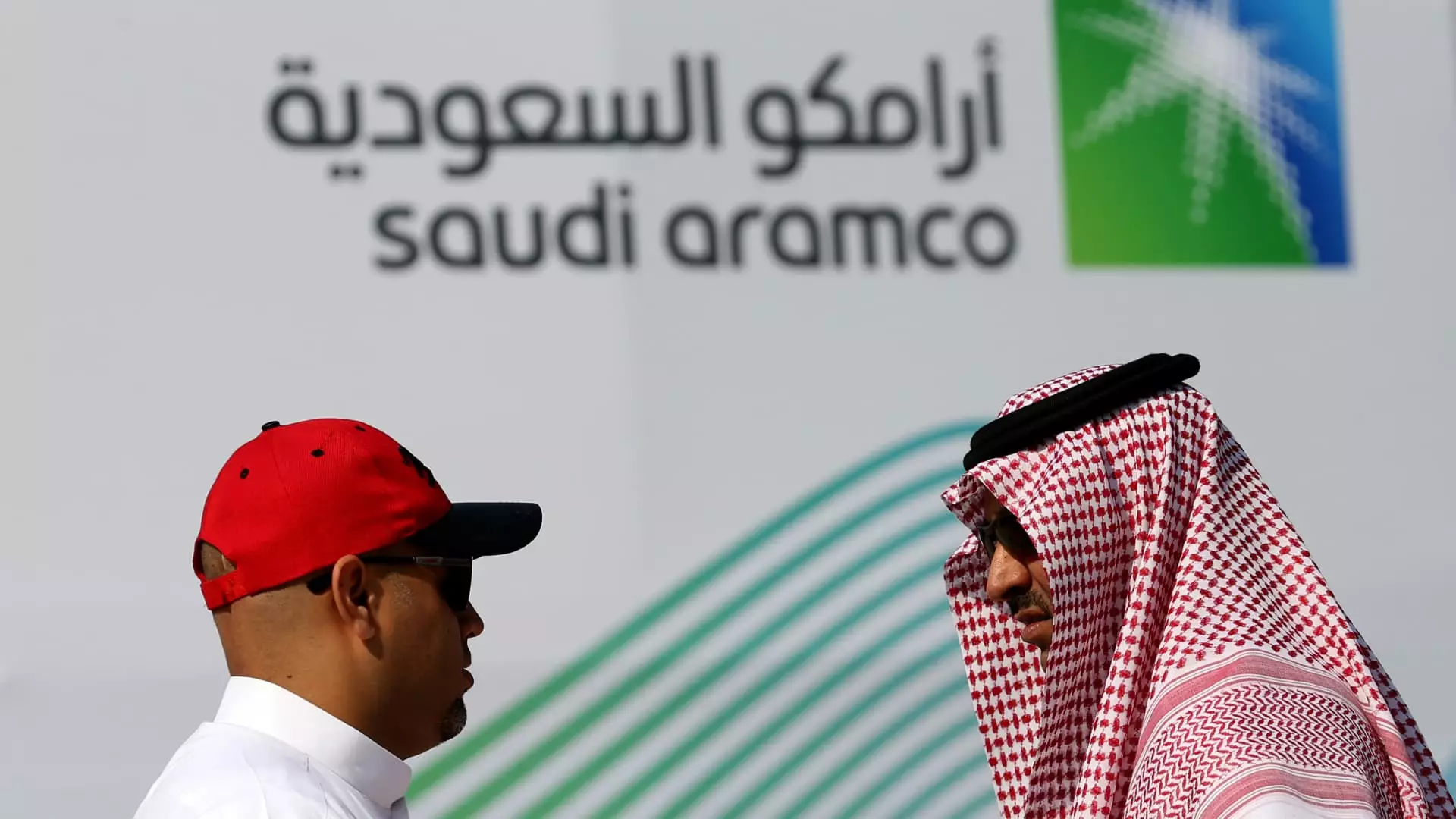Saudi Aramco, the state oil giant, recently reported a net profit of $29.1 billion for the second quarter of the financial year. This figure represented a slight dip of just over 3% from the same period last year. The company’s net income for the first half of the financial year also decreased, dropping from $62 billion to $56.3 billion. Additionally, free cash flow for the second quarter was reported at $19 billion, down from $23.2 billion in the previous year.
Dividend Payments
Despite the decrease in net profit, Aramco reaffirmed its second-quarter base dividend of $20.3 billion and declared a performance-linked dividend of $10.8 billion to be paid in the third quarter. The company expects to declare total dividends of $124.2 billion in 2024. Aramco’s CEO, Amin Nasser, expressed confidence in the company’s performance, stating that they have delivered market-leading results with strong earnings and cash flows in the first half of the year.
Following the release of its financial results, Aramco’s stock price saw a 1.31% increase shortly after the opening of the Tadawul, the Saudi stock exchange. This positive market reaction came despite forecasters’ expectations of flat revenue for the oil company. Analysts at a Riyadh-based brokerage firm had anticipated a flat revenue for the second quarter of 2024 due to lower production volumes, although slightly offset by higher Brent prices compared to the previous year.
Oil Production and Economic Impact
Saudi Arabia’s oil output for the second quarter was reported at 8.99 million barrels per day, according to a July OPEC report. The country’s gross domestic product growth has experienced a contraction for four consecutive quarters, largely attributed to the oil production cuts. The General Authority for Statistics in Saudi Arabia highlighted an 8.5% drop in the oil sector, contributing to the overall decline in the second quarter.
In an effort to stabilize oil prices amid lackluster demand growth, OPEC+ agreed to extend joint oil output cuts into 2025. These supply cuts have been in place for nearly two years, impacting international benchmark Brent Crude prices. Despite the ongoing production cuts, Brent Crude prices have slid from the mid $80-range to the mid-$70 range in the last month, well below the minimum price required by several OPEC member states to balance their budgets. Saudi Arabia, for example, needs Brent at $96 per barrel according to estimates from the International Monetary Fund.
Despite facing challenges such as lower production volumes and decreased net profit, Saudi Aramco remains optimistic about its financial performance and dividend payments. The impact of oil production cuts on the country’s GDP growth highlights the continued influence of the oil sector on the Saudi economy. The company’s ability to navigate market dynamics and deliver sustainable dividends will be key to its future success in the global energy industry.

Leave a Reply